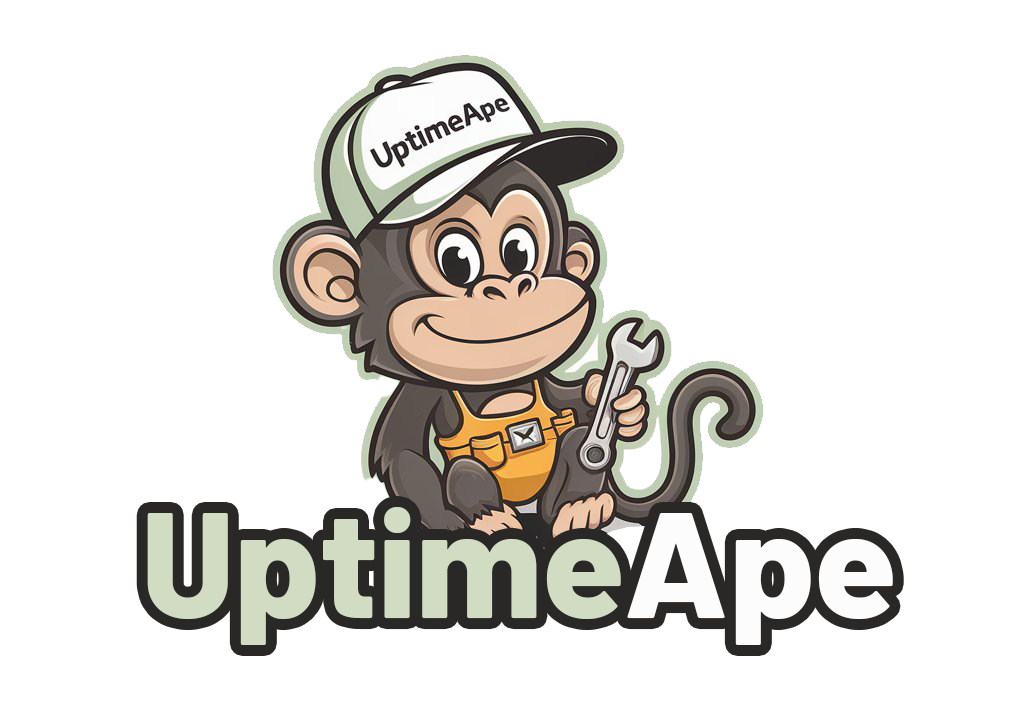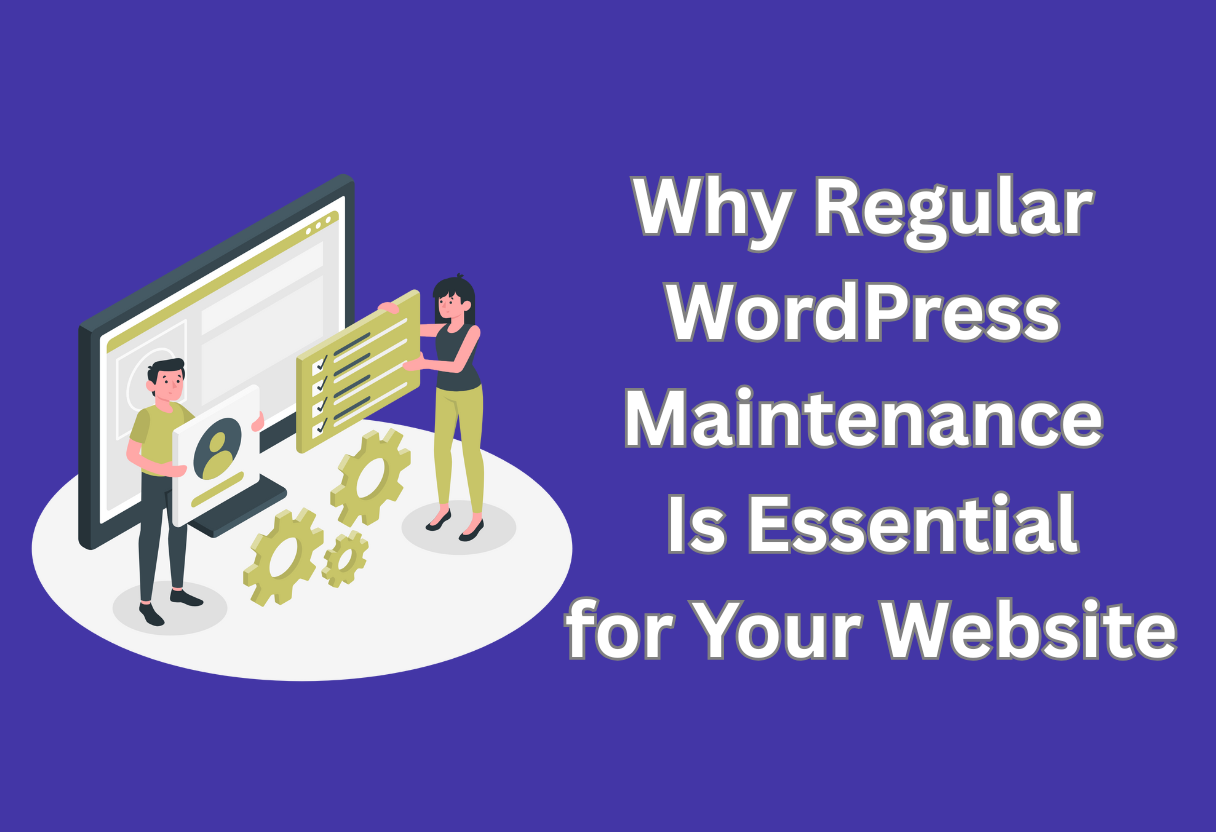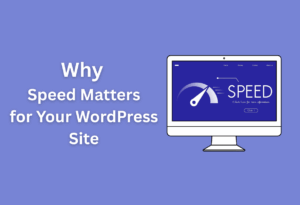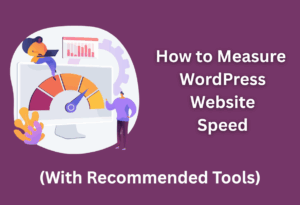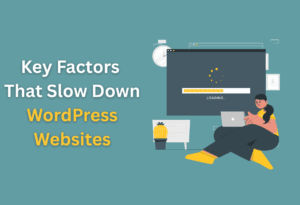You may not realize it, but regular maintenance of your WordPress site is vital to ensuring its performance, security, and longevity. Without consistent updates and optimizations, your website can become vulnerable to threats, slower in loading times, and less user-friendly.
This blog post explores into the key reasons why keeping your WordPress site well-maintained is important for your online presence, helping you make informed decisions to enhance your website’s efficiency and reliability.
Understanding WordPress Maintenance
Before entering into the details, it’s important to grasp what WordPress maintenance entails and why it plays a pivotal role in the overall performance and security of your website.
What is WordPress Maintenance?
Along with regular updates, WordPress maintenance includes monitoring website performance, ensuring backups are performed, and optimizing your site’s speed and security. This process involves a combination of technical tasks and checks that keep your site running smoothly.
Importance of Regular Maintenance
For your website to remain functional and secure, consistent maintenance is necessary. Neglecting these tasks can lead to performance issues, security vulnerabilities, and an unsatisfactory user experience.
A well-maintained WordPress site ensures that you remain competitive and relevant in your niche. Regular updates keep your plugins and themes secure, reducing the risk of malware attacks. Moreover, maintaining your site helps improve loading times and enhances user experience, leading to higher engagement and ultimately, better conversion rates for your business.
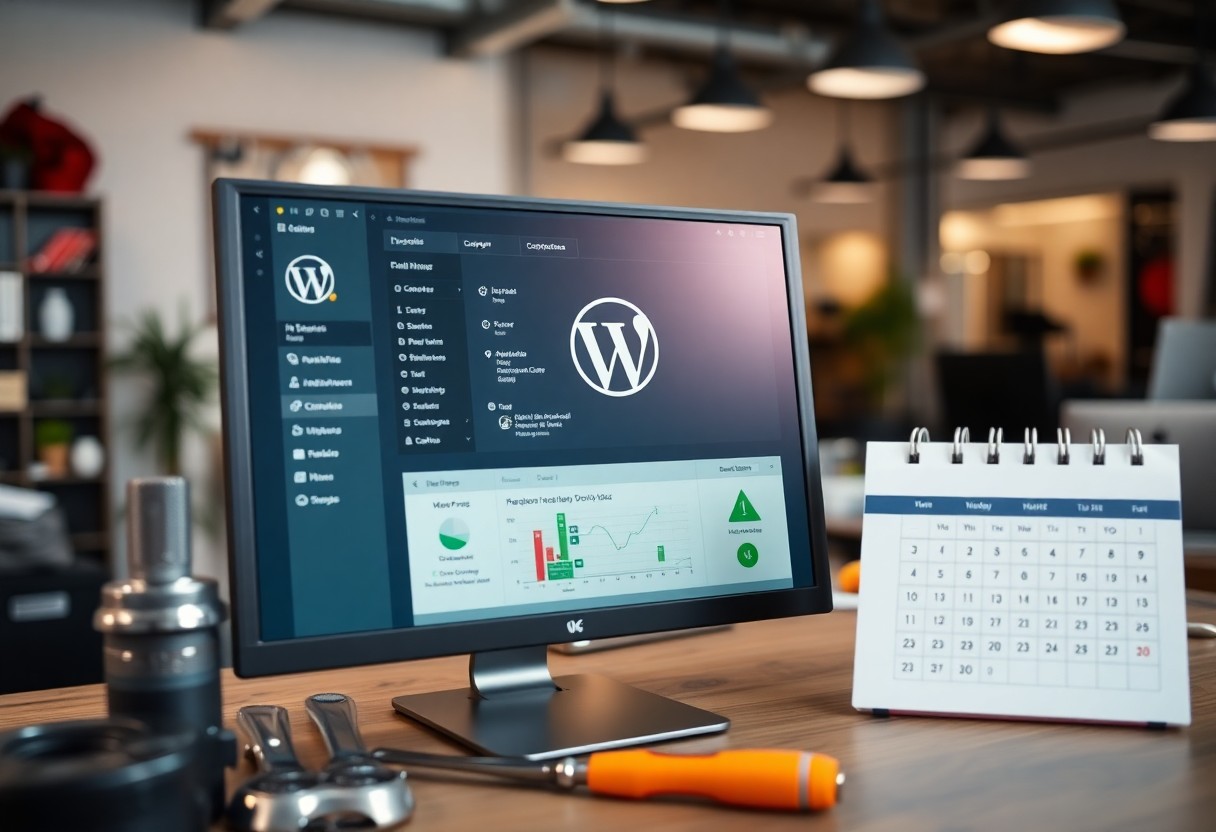
Benefits of Regular Maintenance
There’s no doubt that regular maintenance significantly benefits your website, helping it to perform at its best and strengthen its longevity. Investing time in upkeep not only protects your digital assets but also enhances user engagement and improves your online presence.
Improved Website Security
Between the increasing number of cyber threats, maintaining robust website security is more important than ever. Regular updates and monitoring can protect your website from vulnerabilities, ensuring that your data and that of your visitors are secure.
Enhanced Performance
Performance is a key aspect of user satisfaction, and regular maintenance keeps your website loading quickly and efficiently. By routinely optimizing your site, you can eliminate bloat and outdated plugins that may slow it down.
A well-maintained website not only improves loading speeds but also reduces server response time, enhancing overall performance. This means your visitors can easily navigate your site, resulting in lower bounce rates and higher retention. Implementing performance enhancements such as image optimization and caching can lead to a smoother experience for everyone who interacts with your content.
Better User Experience
Benefits of regular maintenance extend beyond just performance; they significantly impact user experience as well. A well-maintained website ensures that users navigate seamlessly without encountering broken links or outdated information.
In addition to the technical aspects, a site that is regularly updated demonstrates to your visitors that you care about their experience and the information you provide. This attention to detail builds trust and encourages repeat visits, ultimately fostering a loyal audience that values your content.
SEO Optimization
Around the ever-evolving landscape of search engine optimization (SEO), keeping your website updated can significantly improve its visibility. Regular maintenance helps you comply with the latest SEO best practices and algorithms that search engines use to rank websites.
To ensure your website ranks well, make it a habit to check for broken links, optimize meta tags, and refresh content periodically. Implementing these practices can keep your site relevant in search results, attract more organic traffic, and enhance your online presence, all of which are crucial for growth and success in today’s digital economy.
Common Maintenance Tasks
Unlike the initial setup of your WordPress website, ongoing maintenance involves a series of regular tasks that help keep your site running smoothly and securely. These key maintenance tasks for WordPress include updating plugins and themes to their latest versions, regularly backing up your site, and monitoring for broken links or other issues that could affect user experience.
Additionally, optimizing your database and ensuring strong security measures are in place are essential to protect against potential vulnerabilities. By committing to these proactive measures, you can ensure that your website remains functional, safe, and engaging for visitors.
These tasks may include updating plugins and themes, backing up data, monitoring site performance, and ensuring security measures are in place to protect against threats. A comprehensive WordPress website maintenance overview will highlight the importance of these activities in preventing potential issues that could disrupt your site’s functionality.
Regular maintenance not only enhances user experience but also boosts search engine rankings, making it essential for long-term online success.
Updating WordPress Core
After each major release, updating the WordPress core is imperative for ensuring you have the latest features and security patches. This helps protect your site from vulnerabilities and improves overall performance.
Updating Plugins and Themes
Core updates alone are not enough; you must also focus on updating your plugins and themes. Outdated plugins or themes can introduce security risks, slow down your site, or cause compatibility issues with the latest WordPress version.
In addition to improving security, keeping your plugins and themes updated ensures that your site is compatible with the newest features and functionalities. Regular updates also fix bugs and enhance the overall user experience on your website.
Backing Up Your Website
After setting up your website, implementing a backup strategy is vital. Regular backups ensure that you have a restore point in case of data loss, hacking attempts, or technical failure.
Even a minor mistake can lead to significant issues on your site, making backups indispensable. By scheduling automatic backups, you can safeguard your data without having to remember to do it manually, allowing you to focus on growing your business instead.
Monitoring Website Uptime
By keeping track of your website’s uptime, you can ensure that visitors can access your content whenever they need it. Any downtime may lead to lost traffic and a negative impact on your credibility.
Monitoring your website’s uptime allows you to identify issues promptly and minimize downtime. When you are aware of outages, you can take immediate action to rectify the problems, ultimately improving user experience and maintaining your online reputation.
Cleaning Up the Database
About time, your WordPress database can become cluttered with unused data, revisions, and post metadata. Regularly cleaning up your database will improve site performance, making it faster and more efficient.
And by routinely optimizing your database, you can significantly reduce its size and speed up your website. This not only contributes to a smoother user experience but also helps improve your site’s SEO ranking, giving you more visibility on search engines.
Signs Your Website Needs Maintenance
Many website owners overlook the signs that indicate their WordPress site requires maintenance. Being aware of these signs can help you keep your website running smoothly and efficiently. Here are some key indicators that it’s time to take action. Slow loading times, frequent plugin or theme issues, and an increase in spam comments are all warning signs that your site may need attention. Knowing how to spot maintenance needs can save you from larger problems down the line. Regularly monitoring your site’s performance and making necessary updates will ensure optimal functionality and security.
Slow Loading Times
On a typical browsing day, if your website takes longer than a few seconds to load, visitors might lose interest and bounce away. Slow loading times not only frustrate users but can also negatively affect your search engine rankings.
Increased Error Messages
Signs of increased error messages could mean that there are underlying issues with your website. Frequent display of 404 errors or database connection errors can indicate that your site is facing operational difficulties, which could lead to a poor user experience.
The appearance of error messages suggests that something is amiss on your site. These errors could stem from outdated configurations, plugin conflicts, or server issues that require immediate attention to maintain usability and credibility.
Decreased Traffic
Any significant drop in website traffic can signal problems that need urgent maintenance. If you notice fewer visitors than usual, it might indicate underlying technical issues or outdated content that fails to engage your audience.
In fact, decreased traffic can be linked to slower loading times, error messages, or an outdated design that doesn’t meet the needs of modern users. Monitoring your analytics will help you identify trends and take appropriate steps to regain lost visitors.
Outdated Plugins/Themes
Your website’s functionality relies heavily on the plugins and themes you use. If you notice that certain components are outdated, this not only poses security risks but may also lead to compatibility issues with other elements of your site.
Hence, regularly updating your plugins and themes is important. Updates often include security patches, new features, and performance improvements, ensuring that your site stays operational and competitive in the online landscape.
Setting Up a Maintenance Schedule
Your website’s maintenance is key to its longevity and performance. Setting up a comprehensive maintenance schedule will help you ensure that your site runs smoothly and addresses potential issues before they arise.
Frequency of Maintenance Checks
Schedule regular maintenance checks to ensure everything functions as intended. Typically, you should assess your website weekly to promptly catch and fix any emerging problems, while performing more in-depth evaluations monthly and quarterly.
Creating a Maintenance Checklist
Against managing your website maintenance effectively, a checklist serves as a vital tool. It helps streamline processes and ensures that no aspect of maintenance is overlooked.
To create a useful maintenance checklist, list tasks such as updating plugins and themes, checking for broken links, backing up your site, and evaluating site speed. By following this checklist regularly, you’ll ensure that each area is covered, making your maintenance efforts more efficient.
Tools for Managing Website Maintenance
Along with a checklist, utilizing website maintenance tools can enhance your efficiency. These can automate updates, backups, and performance checks, freeing up your time for other necessary tasks.
This can significantly reduce the workload and stress associated with website maintenance. Tools like UpdraftPlus for backups, ManageWP for updates, and Google PageSpeed Insights for performance tracking provide an all-inclusive approach to manage and monitor your website’s health comprehensively. Select tools that suit your requirements to facilitate a smoother maintenance process.
Choosing a Maintenance Service
Now that you understand the importance of regular WordPress maintenance, the next step is selecting the right maintenance service for your website. Choosing between handling maintenance in-house or outsourcing it can significantly impact your site’s performance and your peace of mind.
In-House vs. Outsourcing
With in-house maintenance, you can have direct control and oversight over your website updates, ensuring everything aligns with your needs. On the flip side, outsourcing can provide you with a team of experts who bring specialized skills and knowledge to efficiently handle your site’s maintenance tasks.
Key Features to Look For
The right maintenance service should include several imperative features to support your website effectively. Here are some key features to consider:
- Regular backups
- Timely software updates
- Security monitoring and malware removal
- Performance optimization
- Expert support available 24/7
- Detailed reporting and analytics
Perceiving these features will help you determine which service aligns best with your needs and goals. The more comprehensive the service, the more peace of mind you’ll have managing your website.
Look for a maintenance service that not only meets these criteria but also offers additional benefits tailored to your specific site. You can enhance your site’s longevity and performance by investing in a service that provides the necessary features for a successful WordPress site.
Budget Considerations
Below, assessing your budget for maintenance is vital. Understanding the financial implications can help you choose a service that offers the best value for your investment without compromising on quality.
Indeed, your budget should reflect not just the basic services but also the level of expertise required to keep your site operating smoothly. Services that seem inexpensive might lack key features or support. Therefore, always weigh the long-term benefits against the costs, ensuring the chosen maintenance solution effectively meets your needs.
Summing Up
The importance of regular WordPress maintenance for your website cannot be overstated. By consistently updating plugins and themes, monitoring performance, and ensuring security measures are in place, you protect your site from vulnerabilities and enhance user experience.
This proactive approach not only improves website functionality but also boosts your search engine ranking, ultimately driving more traffic to your site. Investing time in maintenance will ensure your website remains reliable, efficient, and ready to serve your audience effectively.
Q: Why is regular WordPress maintenance important for website security?
A: Regular WordPress maintenance plays a significant role in enhancing website security. Keeping your WordPress core, themes, and plugins updated minimizes vulnerabilities that hackers can exploit.
Security updates often address known issues and weaknesses, ensuring your site is protected against emerging threats. Additionally, routine backups create a safeguard against data loss, allowing you to restore your site should a breach occur.
Q: How does regular maintenance impact website performance and speed?
A: Regular maintenance improves your website’s performance and speed significantly. Maintaining optimal performance involves cleaning up your database, removing unnecessary files, and optimizing images.
Over time, a WordPress site can accumulate clutter that slows it down. By routinely conducting maintenance checks, you can enhance loading times, improve user experience, and positively influence your site’s SEO rankings.
Q: What role does regular maintenance play in ensuring compatibility with new technologies?
A: Regular WordPress maintenance helps ensure compatibility with new technologies and standards. As web design trends and coding practices evolve, keeping your site updated ensures that it remains compliant and functional across different devices and browsers.
Regularly updating your themes and plugins helps prevent technical issues and ensures your website leverages the latest features and improves user engagement.
